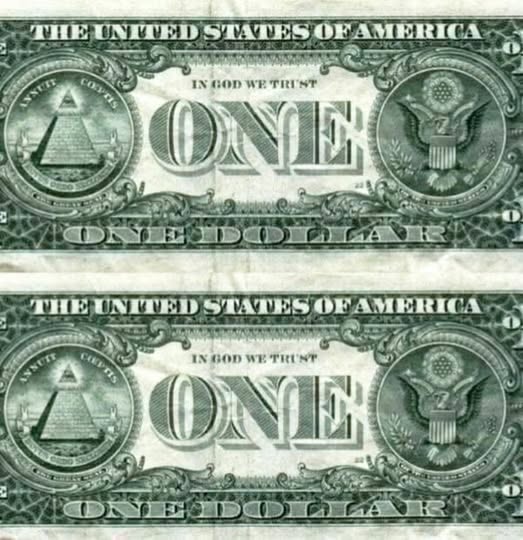💵 What Makes a $1 Bill Worth Thousands?
Some $1 bills can be worth thousands of dollars because of their rare serial numbers. Collectors (also known as numismatists) are willing to pay high prices for certain patterns that are difficult to find.

🔢 What Is a Serial Number?
The serial number is the unique combination of letters and numbers printed on the front of every U.S. banknote. It usually has a format like this: B00000001A.
💎 Types of Rare and Valuable Serial Numbers
- Low Serial Numbers
- Example: 00000001, 00000005
- Bills with lots of zeros and a very low number at the end are extremely rare and can be worth thousands.
- High Serial Numbers
- Example: 99999999
- Very high numbers near the maximum possible value are also collectible.
- Repeater
- Example: 12341234, 45454545
- A repeated pattern in the serial number.
- Radar (Palindrome)
- Example: 12344321, 01111110
- These read the same forward and backward.
- Binary
- Example: 01010101, 00001111
- Only two different digits are used.
- Ladder
- Example: 12345678, 87654321
- Digits in perfect ascending or descending order.
- Solid
- Example: 11111111, 77777777
- All digits are the same. Very rare and highly prized.
- Birthday Notes
- Example: 01011990 (Jan 1, 1990)
- These resemble specific dates and can have personal or collector value.
🌟 The $1 Bill That Might Be Worth Thousands
One of the most valuable $1 bills is the one with serial number 00000001 – the first bill printed in a series. If it’s in uncirculated condition, it can sell for over $10,000 at auction.
🧾 How to Check Your Bill
- Look closely at the serial number.
- Compare it to the patterns listed above.
- If it matches, don’t spend it! Keep it safe.
- Get it appraised by a currency expert or list it on trusted auction sites like Heritage Auctions, Stack’s Bowers, or eBay.